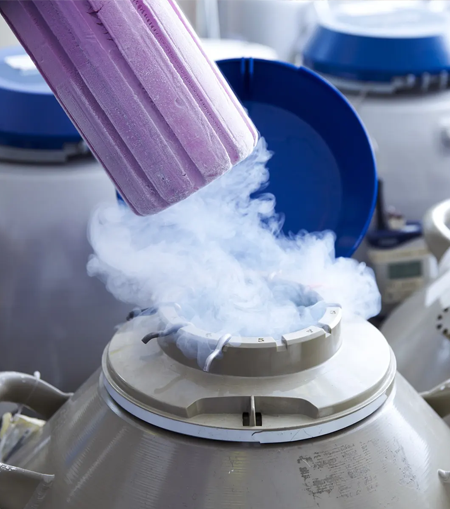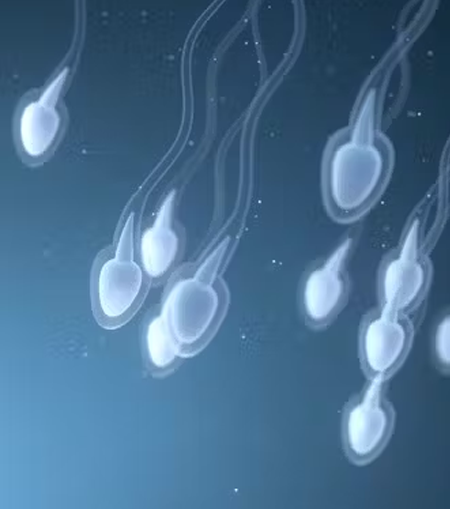Call Us - (+20) 122 808 5310

Prof. Hassan Maghraby has a lengthy history of treating infertility
Infertility treatment for spouses
IVF is a multi-stage process, and to get the best potential success rate, precise follow-up is required at each stage.
One of the most compelling arguments for the effectiveness of tiny injections is that a customized treatment plan is provided.
Make an AppointmentFreezing Eggs
There are usually a few processes involved in freezing eggs. The woman first receives hormone therapy to encourage the production of numerous eggs from her ovaries. The eggs are then extracted by a medical professional using a needle that is introduced into the ovaries through the vaginal wall. After that, the eggs are flash-frozen in liquid nitrogen as part of a procedure known as vitrification.
The eggs can be kept for a number of years once they are frozen. They are thawed and fertilized with sperm in a lab when the woman is ready to use them. The ultimate goal of implanting the resultant embryos into the woman's uterus is to conceive a healthy child.


Male infertility treatment
Assisted reproductive technologies (ART): ART facilitates conception, which helps men who are infertile overcome it. To improve the odds of fertilization, sperm are inserted directly into the uterus during intrauterine insemination, for instance. The process of fertilizing eggs outside of the body and then implanting them in the uterus is known as in vitro fertilization, or IVF.
Frequently Asked Questions
Can an IVF be conducted following five or six unsuccessful attempts?
As long as there is an egg, sperm, and healthy uterus, there is no upper limit to the number of times microinjection is administered. For the tenth or more attempt at microinjection, some cases have resulted in pregnancy.
Does every woman receiving IVF receive the same rejuvenation medication?
No, every case is unique based on its medical history and the cause of its conception delay. If any prior attempts at microinjection are discovered, they are examined along with the entire case study. Activation differs from drug to medication, from case to case, and from doctor to doctor. It also primarily depends on the experience and skill of the physician.
Is it still feasible to conceive using IVF after 40 years of age?
With the advancement of technology utilized in laboratories, the various medications employed, the contemporary techniques of obtaining embryos and freezing eggs, etc., there are an increasing number of examples of pregnancy after forty. Due to all of this, getting pregnant after the age of forty is now achievable.

